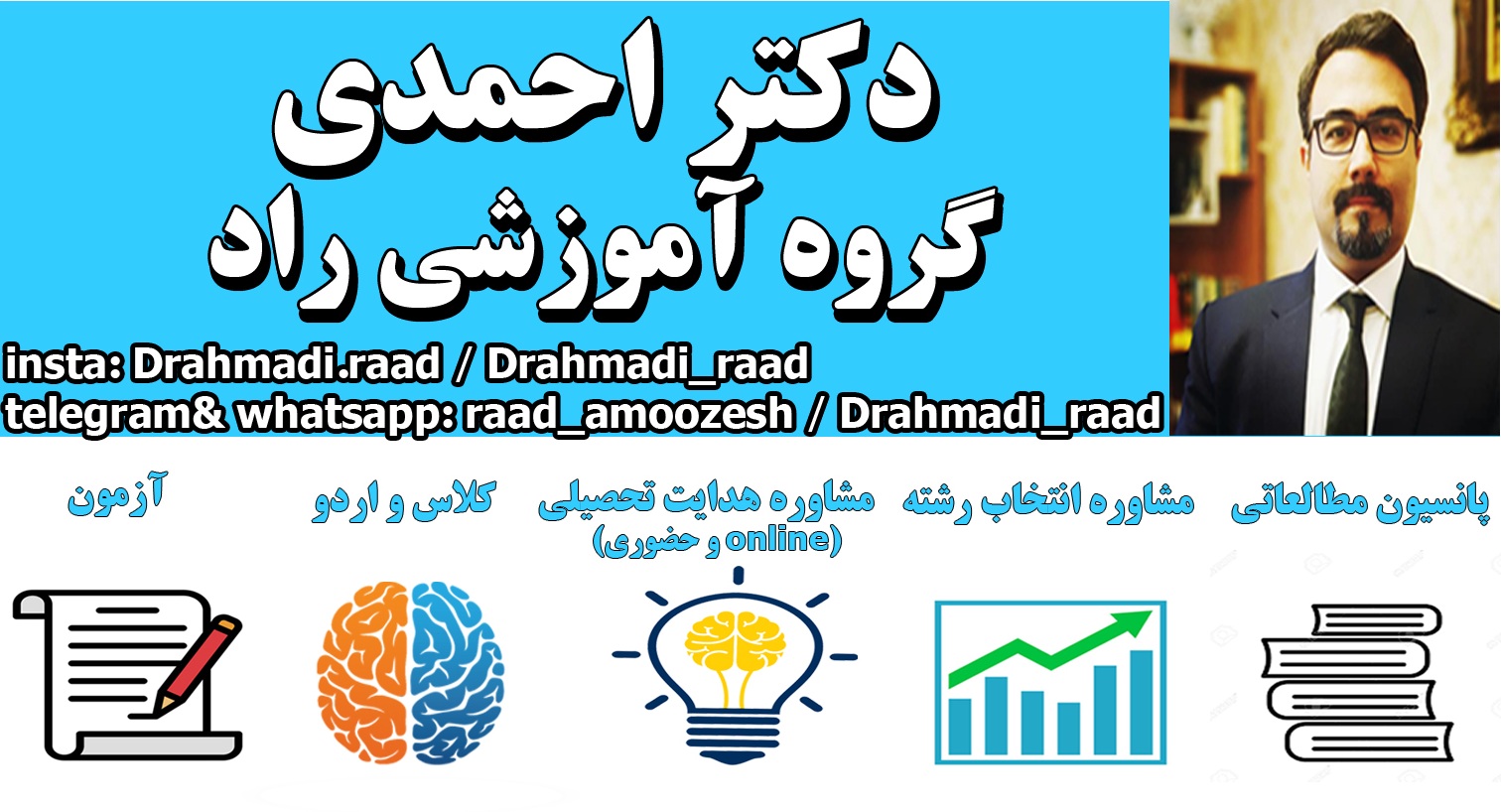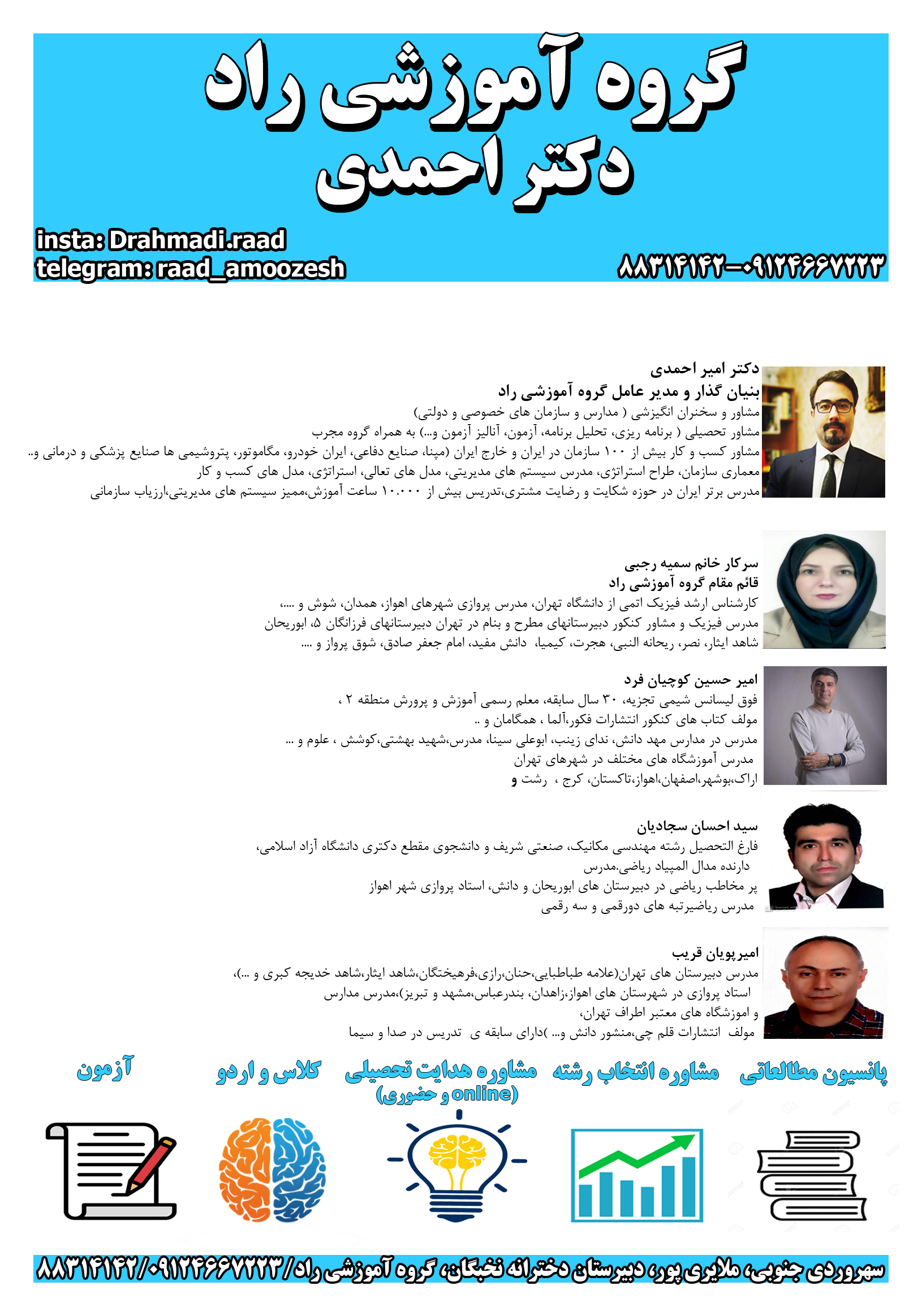It’s hard to find a CEO today who doesn’t tout the importance of innovation, yet many seem stumped by how to achieve it. A widely cited McKinsey survey from 2008 found that 84% of executives believed that innovation was critical to their business’s growth, but only 6% were satisfied with their company’s current innovation performance. A more recent study by KPMG and Innovation Leader asked executives to rate how advanced their companies’ innovation efforts were on a five-point scale. Nearly 60% of respondents said they were at the earliest stages (ad hoc, which was one point, or emerging, two points) while only 2% said their innovation activities were optimized (5 points).
Having studied innovation at more than 40 companies over the last 25 years, I believe the disconnect between ambition and execution comes from an overly narrow view of what innovation entails and a tendency to conflate innovation and R&D. When business leaders don’t see breakthrough results from their R&D divisions, they take it as a sign that long-term investments in innovation don’t pay off and cut R&D spending.
In reality, innovation is much bigger than R&D. It involves three distinct capabilities: Discovery, Incubation, and Acceleration (DIA). R&D is just one part of the Discovery capability – invention. Corporate leaders need to recognize that developing business applications, revenue models, and markets for new products often requires as much time and resources and deserves as much emphasis, as inventing the technologies themselves.
Without a strategic innovation function that includes a comprehensive Discovery process and the capacity to Incubate and Accelerate new technologies, companies end up stockpiling undeveloped inventions in their R&D departments and, according to our research, don’t see a strong return on investment from their exploratory R&D. They fall into the trap of having “breakthrough ideas that are incrementally executed,” as the CTO of a well-known Fortune 500 company put it during our research.
Innovation Requires Thinking Bigger
The answer to boosting innovation, then, isn’t just about R&D spending, but about building a robust innovation capacity. Corporate leaders would do well to heed the lessons of a well-known home goods company I studied extensively from 2010 to 2016. In the early 2000s, ambitious product experiments, like a tankless water heater, failed to catch on in the market. When new leadership arrived in 2007, they were alarmed by years of investment in big bets with little commercial payoff.
Instead of giving up on Discovery, however, the company regrouped. According to a senior VP, while they were able to perfect new products on a technical level, they saw they had a critical shortcoming in developing the markets for them. They were also picking projects that stretched them into new technological areas and markets simultaneously, pulling them too far from existing competencies.
By sharpening their existing strengths and growing their capabilities to Incubate and Accelerate promising products, they struck gold. Within two years, the company launched a high-tech faucet that became their biggest seller in decades. This was followed by a series of home fixture products that together more than doubled their sales volume in those categories and increased profits by more than 20%. Along the way, they learned an essential lesson: No matter how many amazing inventions R&D produces, it is just the beginning of the innovation process. A robust innovation function is necessary for any new technology to reach its peak potential and successfully mature into a full-fledged business.
Building Capability for Incubation and Acceleration
A well-functioning innovation team has capabilities beyond what a typical R&D department or existing business unit can provide. It not only refines the technical aspects of a new product during Discovery, but also maps the complete opportunity landscape of its use cases and business applications. In the Incubation phase, the team expands, tests, and elaborates the most promising opportunities and hones a business model and strategy. It Accelerates opportunities that start to take off, transitioning them into the mainstream once they have achieved the scale needed to survive under normal operations and metrics.
Rather than pigeonholing promising inventions into existing business units and the most obvious applications, a robust innovation function fosters an expansive view of what a technology might become and then shepherds it down the most promising pathways. For example, in the 1990s, the semiconductor company Analog Devices, which I studied, developed a new accelerometer capable of sensing changes in speed at 5% the cost of existing technologies. While perfecting this invention to be used for airbags in cars, other opportunities emerged to use it in video games, satellites, and scientific instruments. Experience in these smaller, specialized markets helped the company refine the technology and strengthen their position once they broke into the automotive market.
Innovation Pays Off
The tendency to conflate innovation and R&D also muddies people’s understanding of the long-term value it creates. Since the 1980s, U.S. companies have slashed spending on basic, exploratory science and engineering research, largely because they believed these investments wouldn’t be rewarded in the market. The benefits were too vague and not traceable to profits in the near term. However, research shows that investment in truly breakthrough innovation does pay off — if it encompasses more than R&D and includes robust Discovery, Incubation, and Acceleration capabilities.
On first glance, a 2015 study of 141 U.S. firms I conducted with Dmitri G. Markovitch and Pamela J. Harper appears to confirm people’s fears about the return on R&D spending. Across a decade of data, we found no statistically significant relationship between a firm’s investments in basic, exploratory R&D (measured by each firm’s number of patents over the past decade, weighted by how scientifically novel they were) and the firm’s stock market value. This finding aligns with existing research showing that there is either no connection, or in some cases a negative relationship, between exploratory R&D and market performance.
But the critical insight from our study is that an innovation capability that goes beyond basic, exploratory R&D is the missing piece that produces market value. We measured the presence of incubation and innovation personnel within each firm (such as senior leadership and formal teams tasked with innovation and incubation) and the quantity of the firm’s public communications about innovation — the two most readily available public indicators of investment in innovation beyond R&D. And we found that the level of these activities could turn the relationship between R&D and market performance from a slightly negative to a significantly positive one. (Interestingly, in our statistical analysis, innovation activity alone also has no impact on market value. It is only the interaction of innovation activity and basic, exploratory R&D that has a positive effect.)
Overall, our study supports what I have found across years of research at numerous companies: that investing in innovation pays off, but not if it is limited to R&D.
It’s remarkable that innovation, a principle worshiped in the modern business world, is still so widely misunderstood. As business leaders increasingly call for a focus on long-term value creation, they can only achieve this by expanding beyond R&D to develop the capacity for truly breakthrough innovation. A strong innovation function should be the norm for any well-functioning, sustainable company. Without it, remarkable technologies fall flat and fail to break through into new businesses.
Gina O’Connor is a Professor of Innovation Management at Babson College, where she conducts research, teaches students and helps executives develop breakthrough innovation in large companies through Babson Executive Education. Her most recent book is Beyond the Champion: Institutionalizing Innovation through People (2018).
from hbr.org





